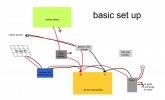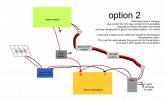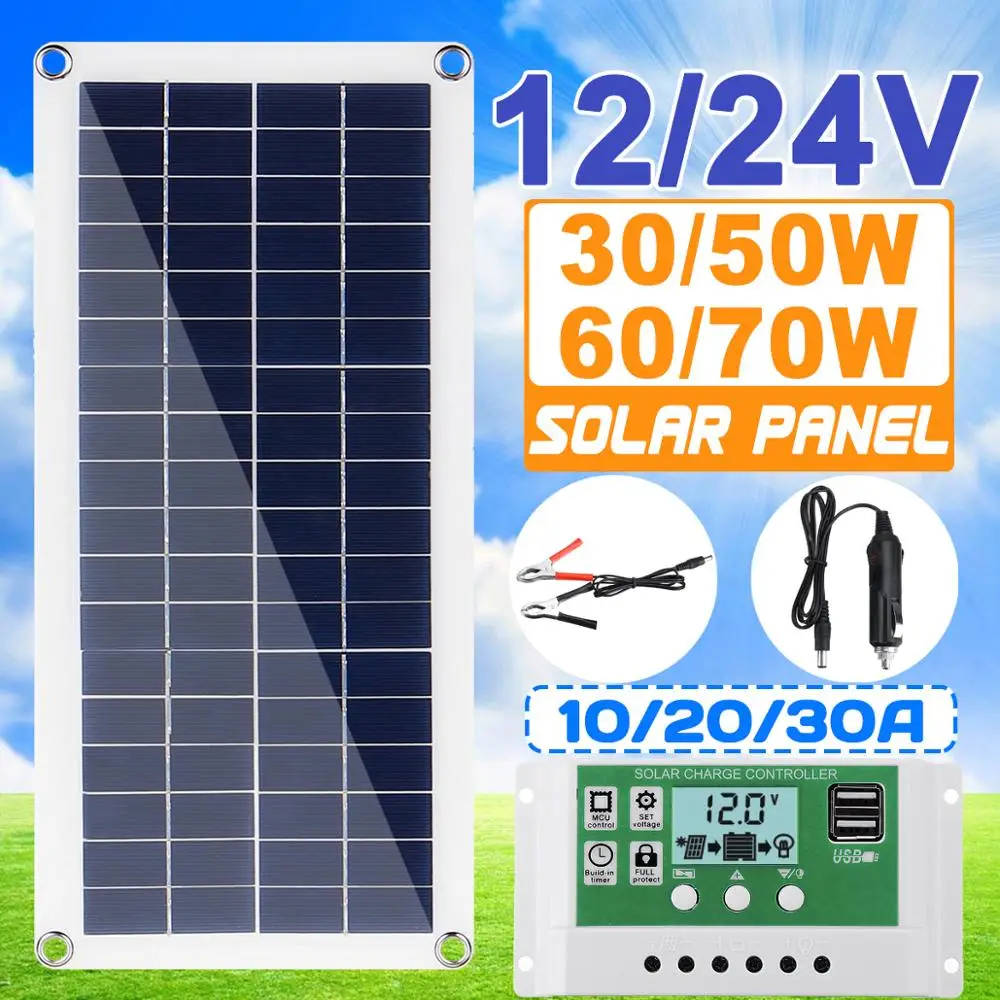a very small camper van
New Member
- Joined
- Nov 4, 2019
- Messages
- 7
Thanks for starting up this forum! I was going to post a question on your youtube channel but this is much better!
I have a nice solar set up in my minivan camper which I am quite proud of and which works well.
Now that winter is around the corner here in Canada, the van will basically be parked on the street for the next 6 months.
My starter battery is getting old and has trouble holding a full charge but it is sitting in a van with 100 watts of solar on the roof which is doing nothing other than float charging the house battery.
I am wondering if there is a simple and inexpensive way to use that solar to keep the starter battery topped up.
I know I could buy a DC to DC charger or set up a seperate charge controller but its a bit over my budget (as is a new battery right now).
The two option I am considering are: option 1: to run a cable from the 12v socket coming from the solar panel/house battery to the always on 12 v socket on the dash.
When the panel is charging a volt meter in the 12v socket reads 14 v, which should be enough to charge the starter battery. This would effectively connect the starter battery and the house battery to the same charge controller. Is this problematic? They are both AGMs but different sizes and ages.
Option 2: I have a small (150 watt continuous) inverter which I can plug into the 12v socket coming from the house battery and I also have a 3.5A genius charger which I use as a "shore power" set up. I could plug it into the inverter and feed the power to the 12v always on socket on the dash.
This has the disadvantage of stepping the 12v up to 110v then back down to 14v to charge the battery but has the advantage that it keeps the two batteries separate.
As an extra layer of protection I happen to have a "battery saver" cable which I bought for my koolatron thermoelectric cooler, which will cut off if the house battery voltage drops too low.
There is also a 3rd option, which is that the 150 amp Battery Doctor isolater that I have has a button that I can push to use both batteries to start the car... so in a pinch...
Which of these option seems best? If these ideas are no-no's what exactly would be the problem? I am trying to understand all my van electrics as well as I can. Does anyone have other ideas?
I have included 3 diagrams showing the basic set up and the options.
Any help is appreciated!



I have a nice solar set up in my minivan camper which I am quite proud of and which works well.
Now that winter is around the corner here in Canada, the van will basically be parked on the street for the next 6 months.
My starter battery is getting old and has trouble holding a full charge but it is sitting in a van with 100 watts of solar on the roof which is doing nothing other than float charging the house battery.
I am wondering if there is a simple and inexpensive way to use that solar to keep the starter battery topped up.
I know I could buy a DC to DC charger or set up a seperate charge controller but its a bit over my budget (as is a new battery right now).
The two option I am considering are: option 1: to run a cable from the 12v socket coming from the solar panel/house battery to the always on 12 v socket on the dash.
When the panel is charging a volt meter in the 12v socket reads 14 v, which should be enough to charge the starter battery. This would effectively connect the starter battery and the house battery to the same charge controller. Is this problematic? They are both AGMs but different sizes and ages.
Option 2: I have a small (150 watt continuous) inverter which I can plug into the 12v socket coming from the house battery and I also have a 3.5A genius charger which I use as a "shore power" set up. I could plug it into the inverter and feed the power to the 12v always on socket on the dash.
This has the disadvantage of stepping the 12v up to 110v then back down to 14v to charge the battery but has the advantage that it keeps the two batteries separate.
As an extra layer of protection I happen to have a "battery saver" cable which I bought for my koolatron thermoelectric cooler, which will cut off if the house battery voltage drops too low.
There is also a 3rd option, which is that the 150 amp Battery Doctor isolater that I have has a button that I can push to use both batteries to start the car... so in a pinch...
Which of these option seems best? If these ideas are no-no's what exactly would be the problem? I am trying to understand all my van electrics as well as I can. Does anyone have other ideas?
I have included 3 diagrams showing the basic set up and the options.
Any help is appreciated!



Last edited:



